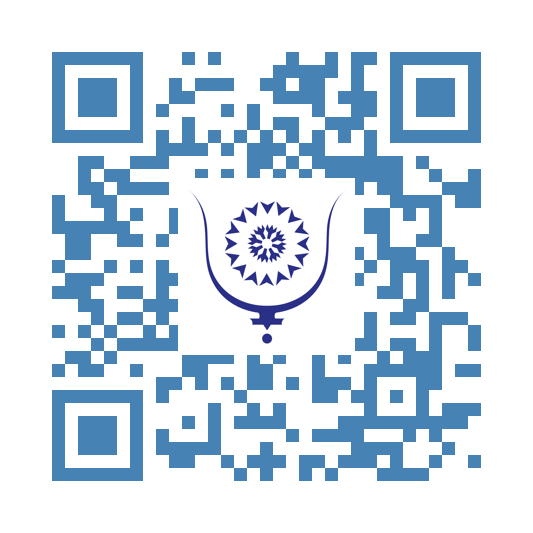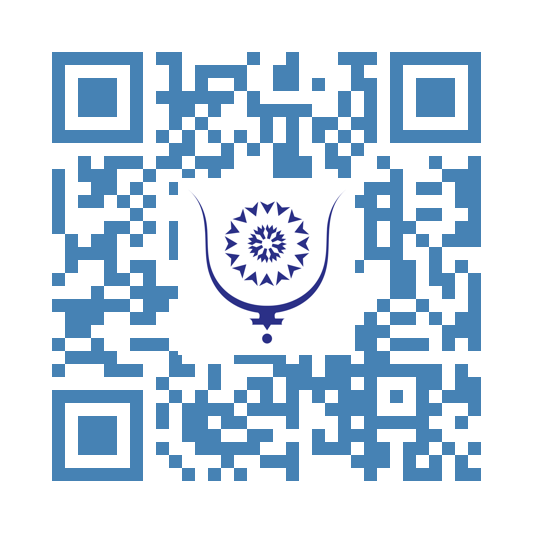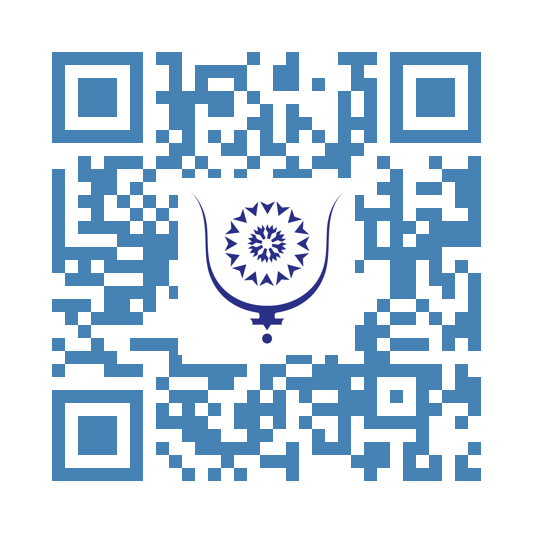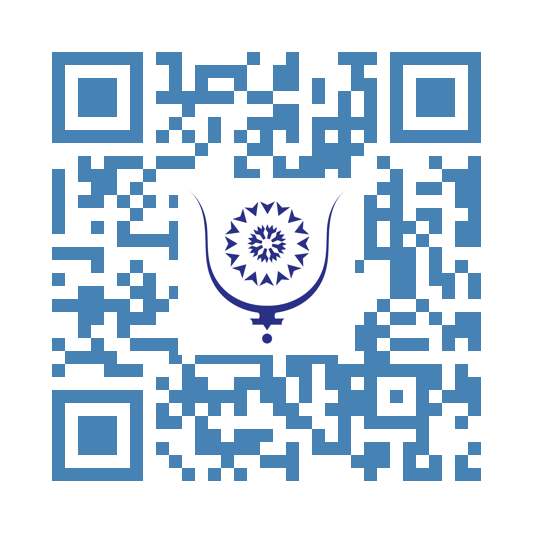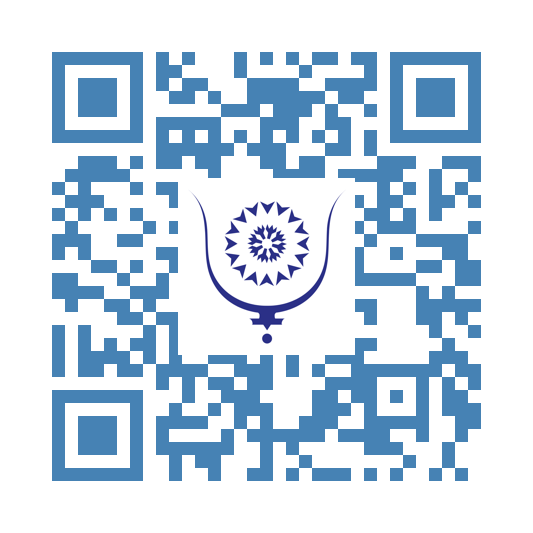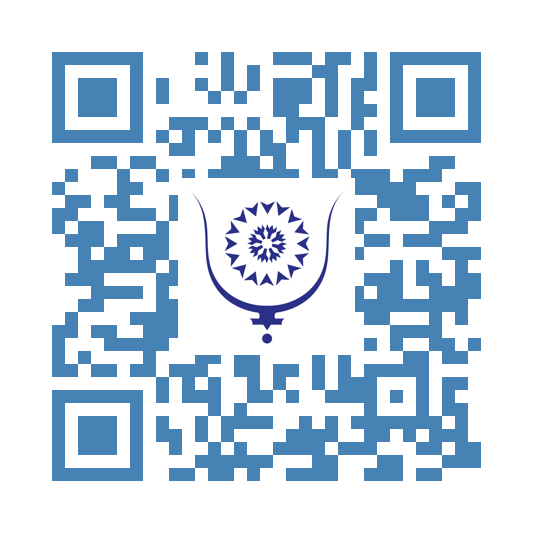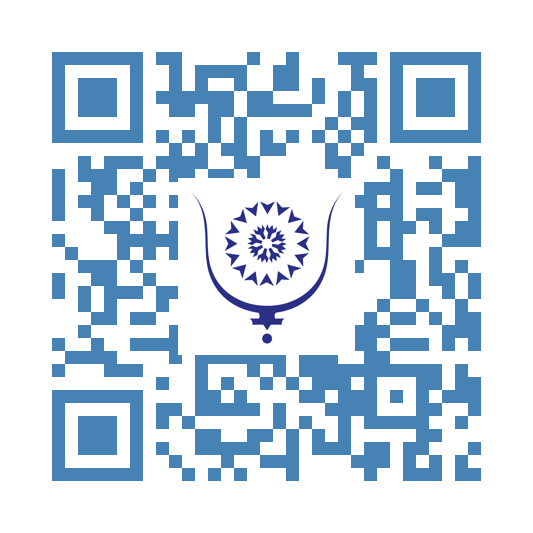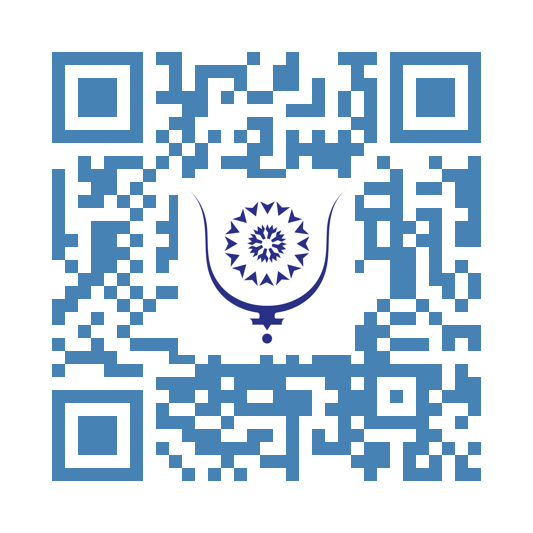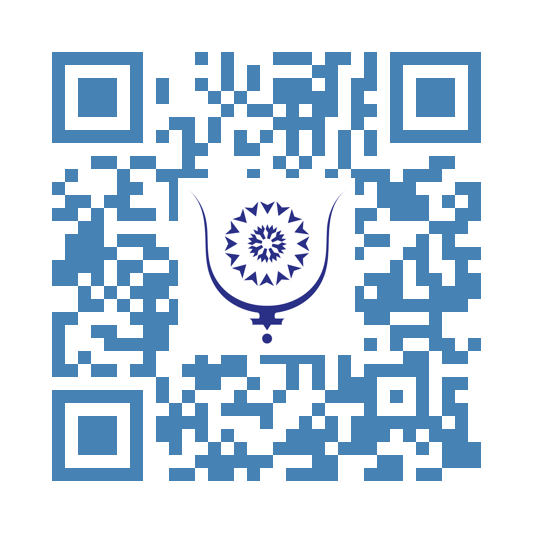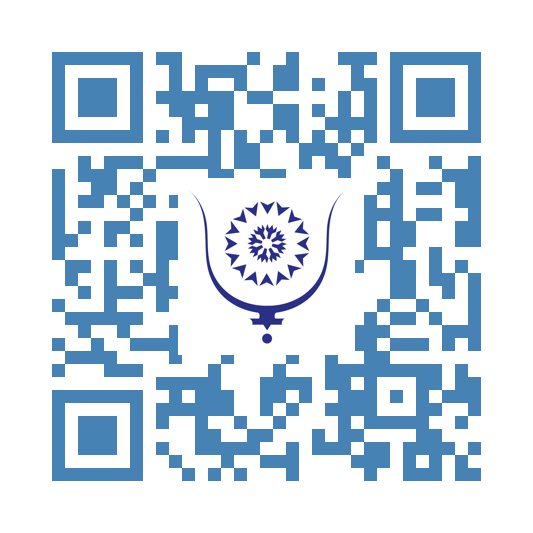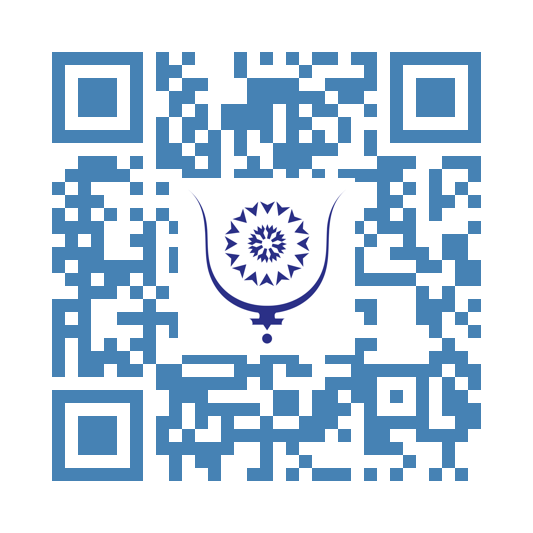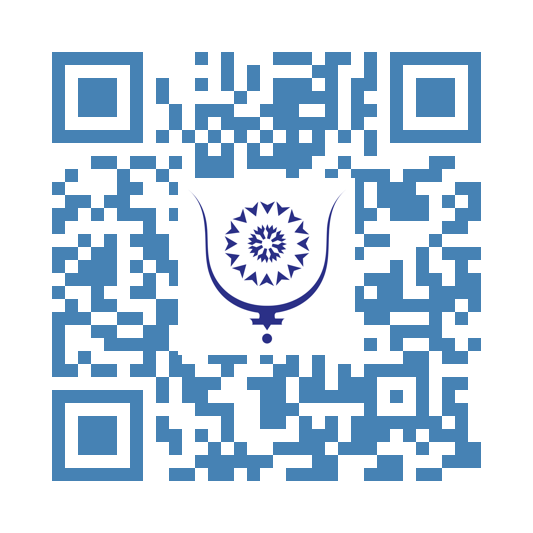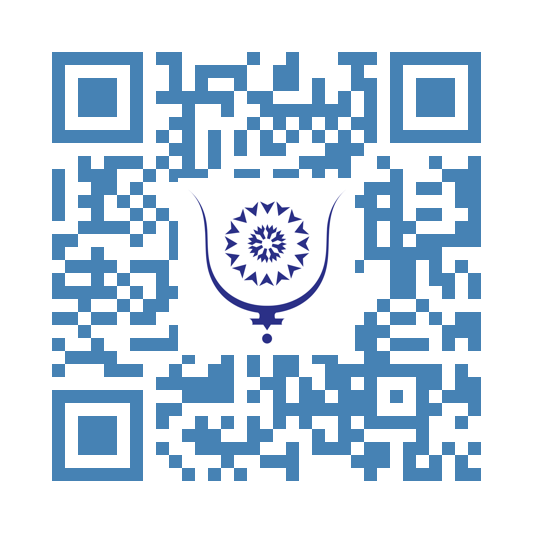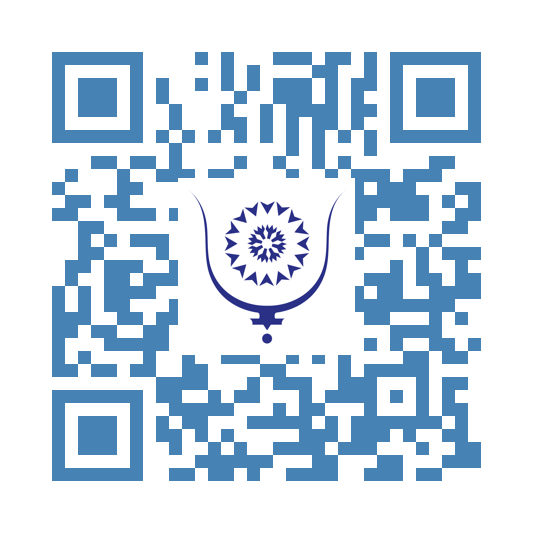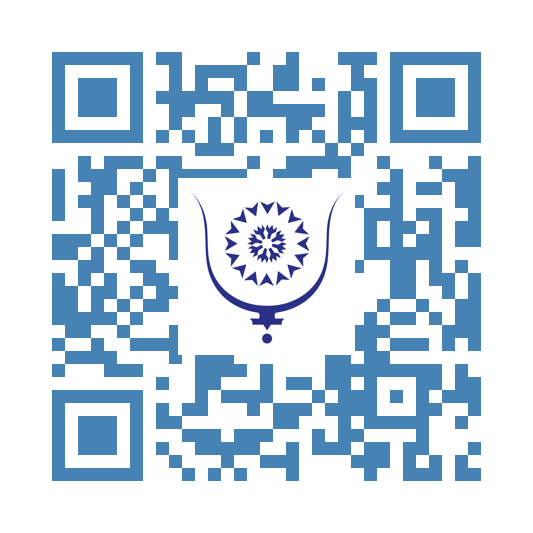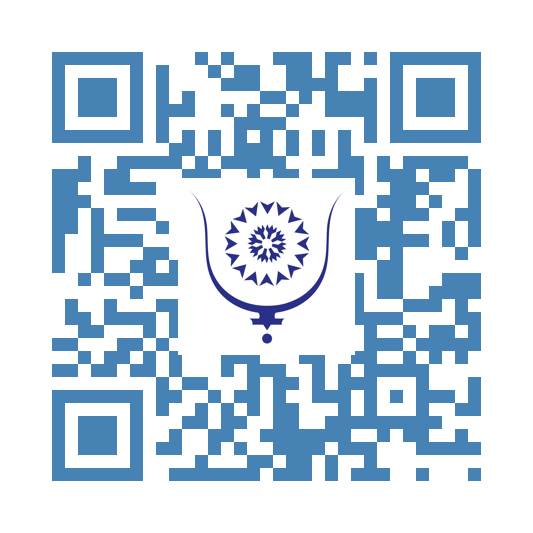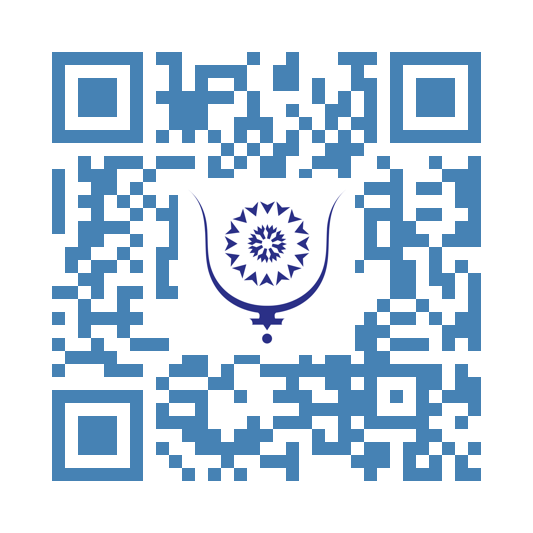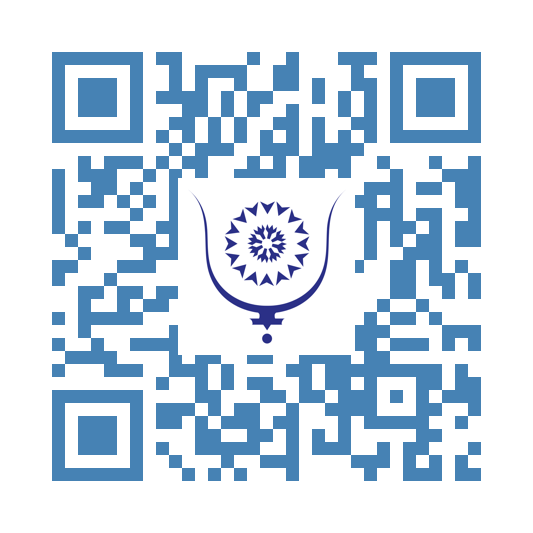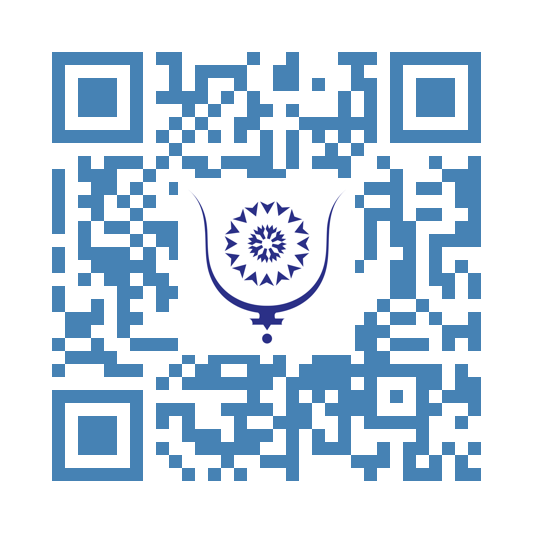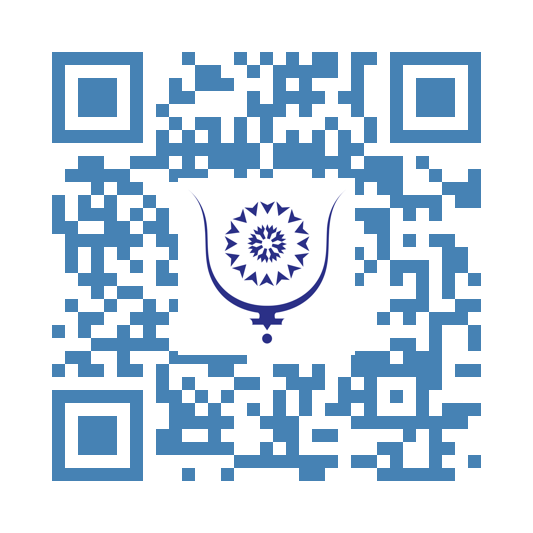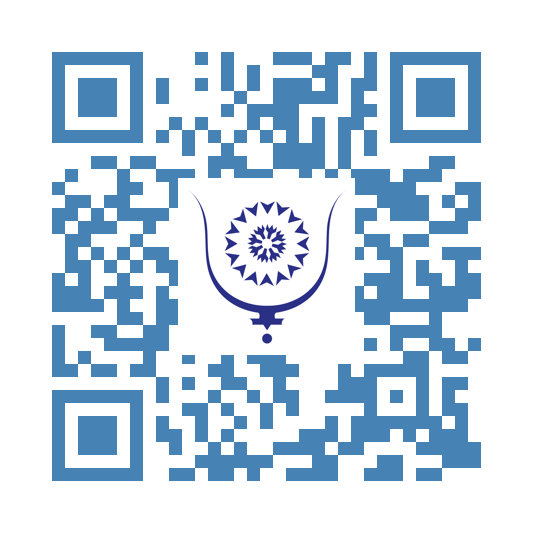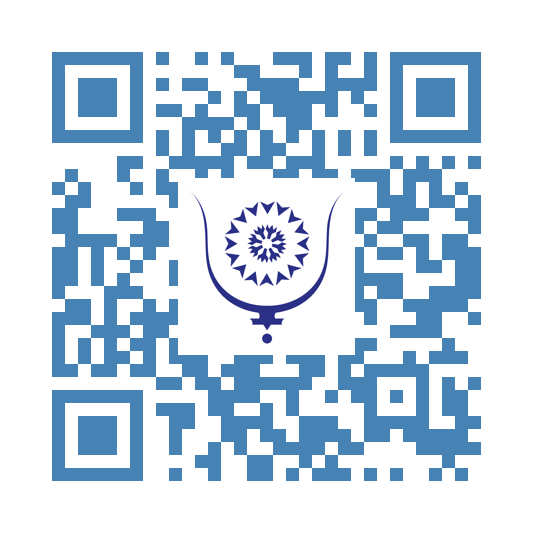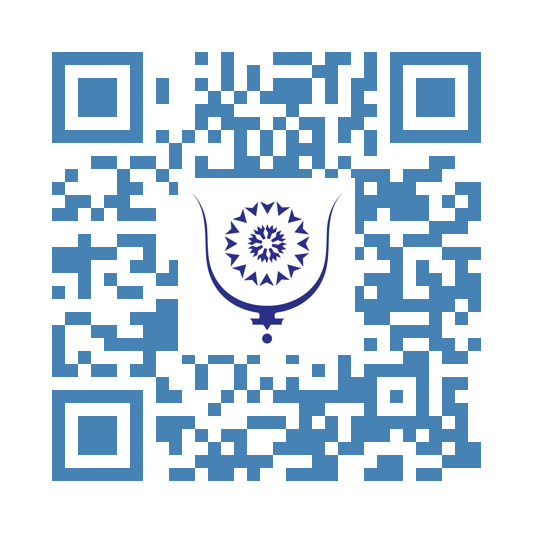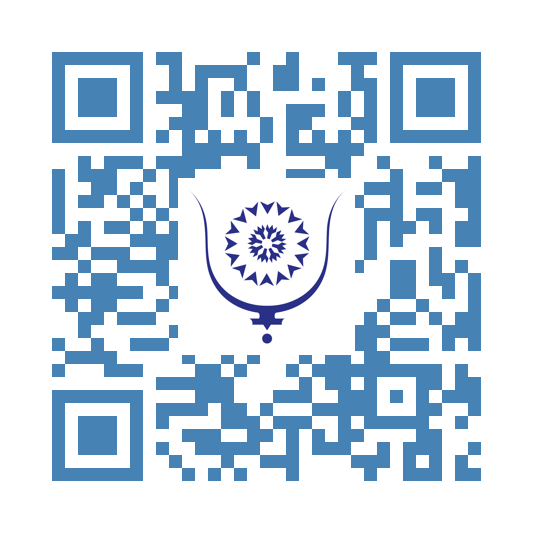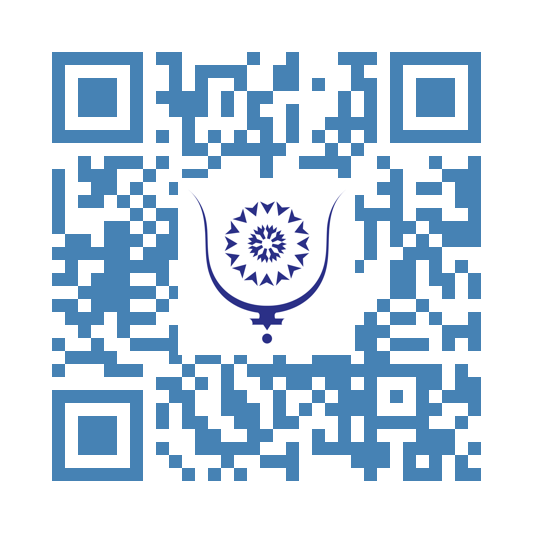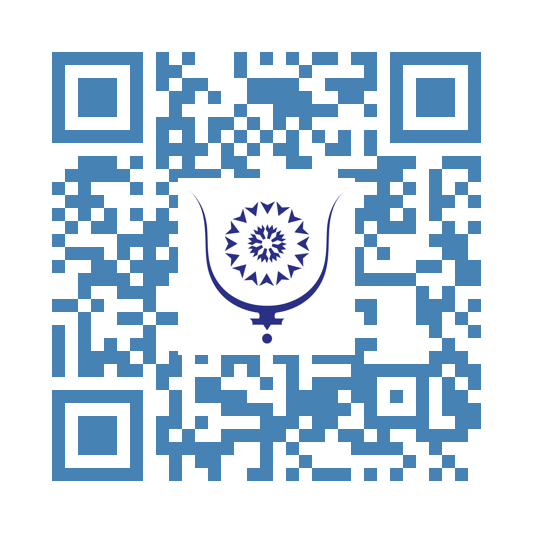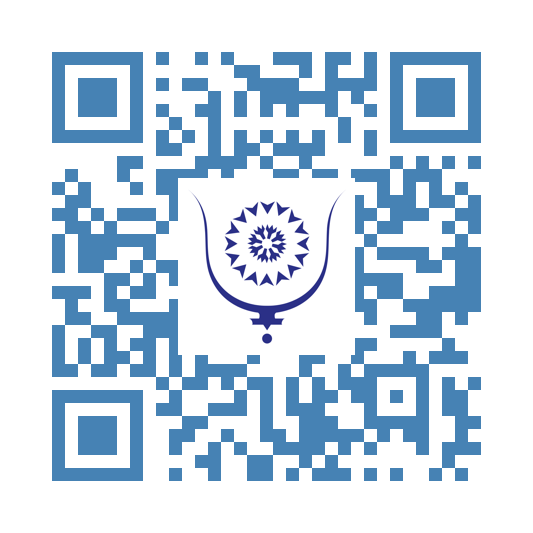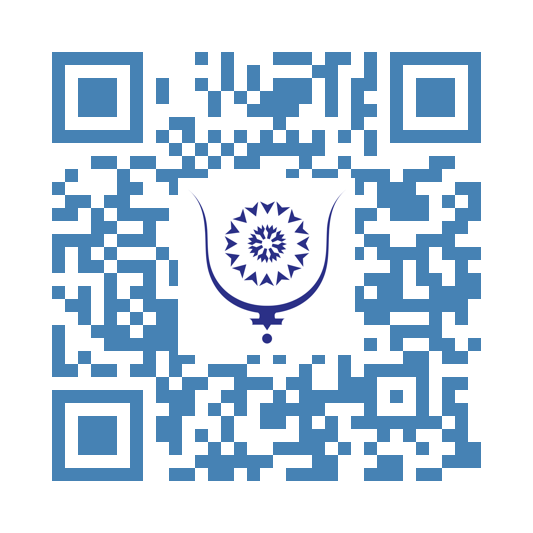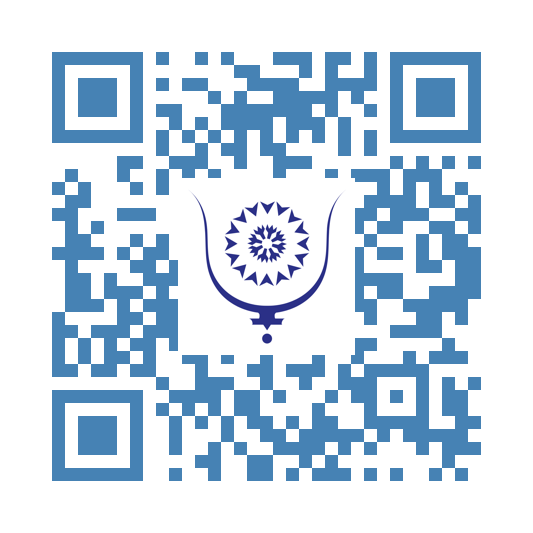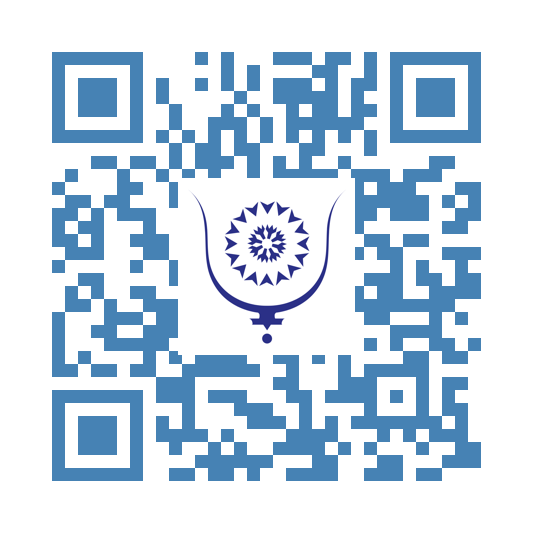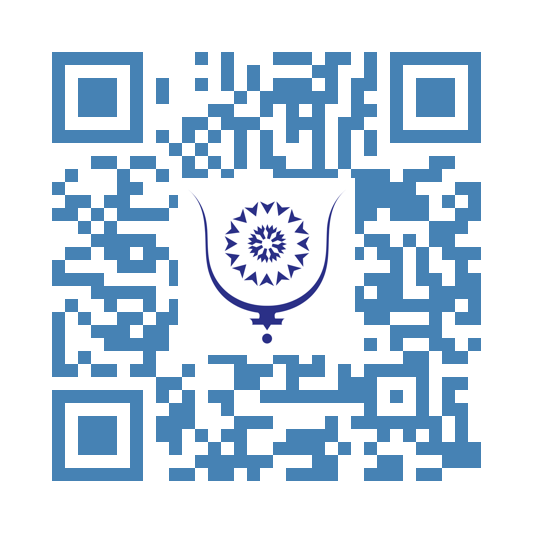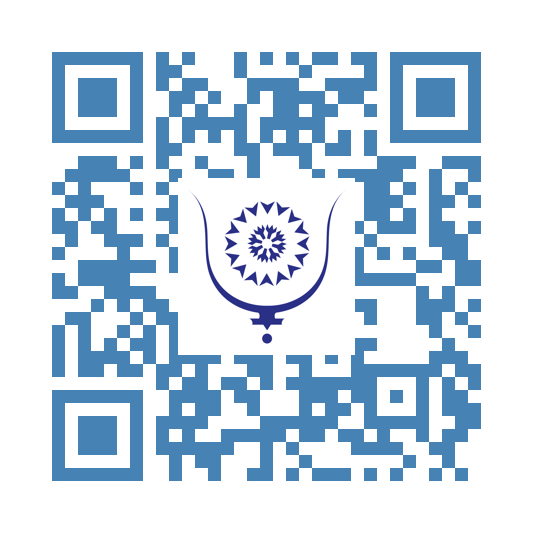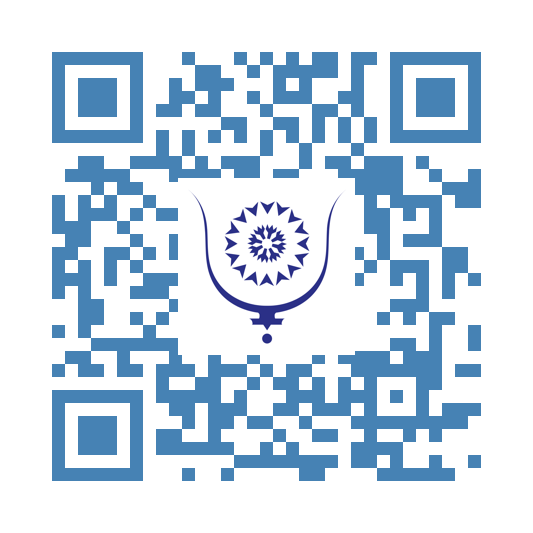Collective thoughtforms and their influence - egregores 5910
At the intersection of metaphysics, psychology, and collective experience lies the concept of egregores. These entities are, in essence, collective thoughtforms—mental and emotional constructs brought into existence and sustained by the shared focus, energy, and intent of a group of individuals. While a thoughtform arises from an individual’s sustained focus and emotional charge, taking on a life of its own in either the mental, astral, or sometimes even physical realms, an egregore is the result of a collective’s continuous input, becoming something far more potent and autonomous.
Egregores start with shared ideas or emotions within a group. When people consistently focus on a common goal, these thoughts and emotions merge, forming an energetic presence that goes beyond the individual. The group may not be aware of this process, but over time, their collective energy manifests into a metaphysical structure, strengthened by rituals, symbols, and emotions.
Symbols play a crucial role, serving as focal points for the group’s beliefs. Whether it’s a flag, logo, or chant, these symbols represent the group’s values, reinforcing the egregore’s existence. Every time individuals gather around these symbols, they contribute energy to the egregore.
Once created, egregores can become autonomous, exerting influence on group members. Although born from the collective, they begin to act as independent entities, shaping thoughts, behaviors, and emotions. For instance, a religious community that collectively worships a deity may give rise to an egregore representing that deity. This egregore can influence how the group experiences their faith, guiding their actions and beliefs.
In group dynamics, egregores enhance unity. Members may begin to share similar thoughts and actions, feeling connected to one another and their shared purpose. In emotionally charged situations, such as sports events, the collective energy can synchronize emotions across individuals, creating dramatic shifts and surges in group intensity. This collective energy often reaches peaks, amplifying shared experiences and reinforcing the bond within the group.
The longer individuals are part of a group, the more their thoughts align with the egregore, amplifying its influence. Positively, this can lead to collective achievements, such as social movements or community growth. However, if the group’s energy centers on negative emotions like fear or hatred, the egregore can become destructive, influencing harmful actions.
In modern contexts, egregores are reflected in brands, political ideologies, and social movements. For example, a brand like Apple may function as an egregore, where collective admiration and emotional investment shape customer behavior and company culture.
Social media, too, serves as a powerful platform for the creation of egregores, amplifying collective thoughts and emotions. Online communities and viral trends generate intense focus, allowing egregores to influence large numbers of people quickly.
Understanding egregores can empower individuals to consciously direct collective energy toward positive outcomes. By being mindful of shared thoughts and emotions, we can create egregores that foster unity, community, and collective success.
Egregores ultimately remind us of the power of collective consciousness, which can shape both the inner and outer worlds of those who create them.

